Disclaimer: This blog post contains affiliate links. If you make a purchase through these links, we may earn a small commission at no additional cost to you. Learn More. Thank you for supporting our garden community.
How to Start Seeds Indoors
Last Updated: August 11, 2024
If you want to get a kick-start on this year’s growing season, you probably want to start seeds indoors. But what do you need? When do you start? When do you transplant? With just a few basic supplies, some time and patience, and my answers, you will be able to start your vegetable garden early this year.

Seed starting is something that I picked up only in my third year of gardening, and let me tell you, it definitely made a huge difference in my garden.
It took less time to grow everything.
My yields increased significantly.
I was wasting less time in the garden.
How to Start Seeds Indoors
You will learn the necessary supplies and steps needed to start your vegetable garden indoors for the upcoming growing season. We will discover what materials you need, such as containers and soil, as well as when to start the seedlings and when to transplant them outside. The post will provide helpful guidance and tips to ensure a successful early start to your vegetable garden.

Supplies for Seed Starting:
Seedling Cells – Anything that can hold soil will work as seed starting trays. Something like intact eggshells, egg cartons, paper towel rolls, strawberry containers, etc.
However, the real ones will last much longer than a piece of cardboard, and they give enough space for a healthy seedling to develop. They also allow for more mobility, and they are easier to transplant as the seedlings just slide out.
Drip Trays – If your cells already come with trays, great. If not, you need something to catch the dripping water and to bottom water your seedlings. You can buy this large plastic tray to make everything easier to move, or you can repurpose something that would otherwise have one use or would be thrown away. I like to use those Styrofoam meat trays (washed of course), as well as any other plastic packaging pieces that would otherwise be thrown out.
Soil Mix – There is a somewhat specific soil for seed starting: one that is sterile, retains moisture, and is lightweight. You can make your own seed starting mix with these products: 1 part coco coir, 1 part perlite, and 1 part vermiculite (all measured by volume). Once your mix is created, you want to moisten it before it goes into the cells.
Grow Lights – Whatever you say about a south-facing window, it will never be as good as having optimal sunlight. If you are using a windowsill, you will most likely get pale, weak, and leggy seedlings. You can use fluorescent or LED lights; there are T12, T8, and T5 fluorescent lights, which are all good, but LED lights are the most efficient, converting the most energy into light. And with fluorescent lights, it is recommended to change them every year, even if they aren’t burnt out yet. This is because the strength of fluorescent lights tend to decrease as they age, while the strength of LED lights stay the same until they burn out.
Bootstrap Farmer carries these high-quality LED grow lights that you can use for growing your seedlings.
Most lights should be positioned about 5 – 10 centimetres away from the seedlings, and they should be moved up as the seedlings grow to keep the same distance. I recommend to keep the lights on for about 12 – 14 hours every day. You can turn them on when you wake up and off when you go to sleep (like I do), or you can be fancy and buy this outlet timer.
Watering Can – Obviously you need something to water your seedlings, and this can be done with anything that can hold water. You can use an old water bottle, milk jug, or any other container that once held a liquid. I also like to have an old vinegar bottle, as the stream is much weaker and easier on the soil. You can even use this turkey baster to get that light stream. It’s also nice to have a mister to keep seedlings moist that require light to germinate.
Heat Mat – A heat mat is definitely not necessary, but a lot of plants would benefit from having some extra heat. Some plants’ seeds won’t germinate if the soil temperature is too low, which means that a heat mat will increase your germination rate. Plants that benefit from a heat mat include: peppers, tomatoes, squash, cucumber, pumpkin, zucchini, eggplants, melons, basil, corn, okra, etc. Once the seeds have germinated, you can remove the heat mat. You can purchase your own heat mats from Bootstrap Farmer.
Labels – I only use labels to distinguish different vegetable varieties from each other; for example, I can’t tell the difference between a brandywine tomato and a costoluto Genovese tomato until they have produced fruit. Obviously, you don’t need labels to distinguish between a tomato and a cucumber (I hope not at least). It’s best to use weatherproof labels for your seedlings.
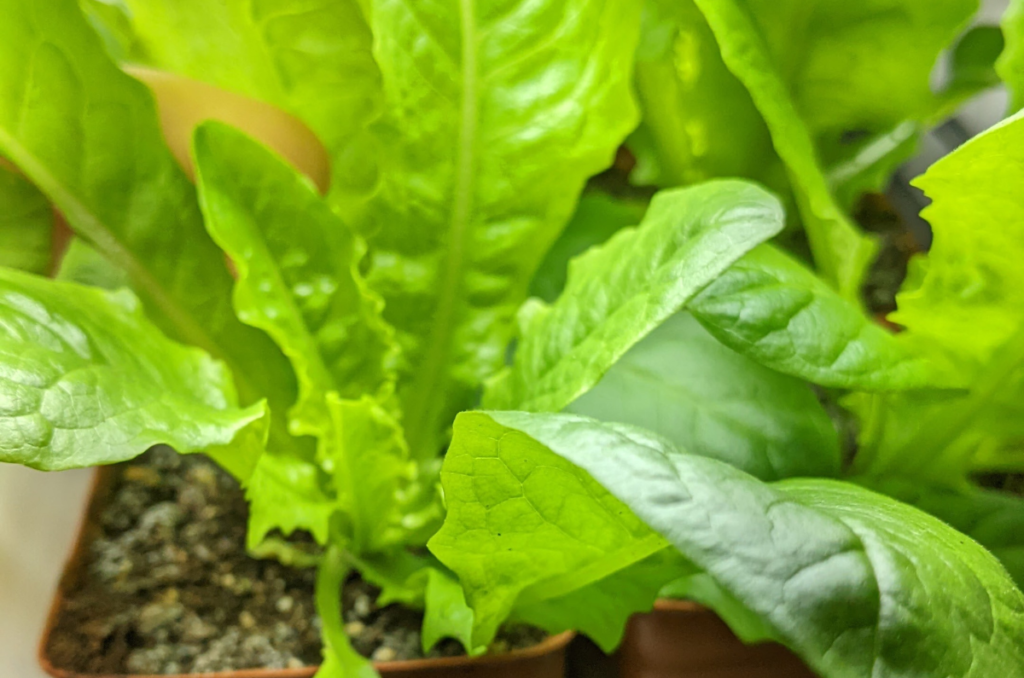
Seeds! – The most important thing is the seeds! Many vegetable, herb, fruit, and flower seeds benefit from a head-start on the growing season. Plants that have a particularly large taproot, like carrots, beets, and sunflowers, should not be started indoors most of the time. This is because you don’t want to disturb the main taproot of the plant, as this will tremendously set back its growth or just kill it.
Choose long-season crops like peppers, tomatoes, eggplants, and cucumbers, that take a while before you can harvest, and that will last a very long time in the garden. If you are limited on indoor space, leave the fast growers, like leafy greens, to be direct-sown.
To buy seeds for your garden, check out SeedsNow.
How and When to Start Seeds Indoors:
Once everything is gathered, you are ready to start your own seeds indoors!
- Fill up your seedling cells with your pre-moistened seed starting mix.
- Place your cells in a drip tray and fill it with water. Mist the tops of the cells as well.
- Sow your seeds. Follow the directions on the seed packet, but not too religiously. Seeds are a work of nature and they will germinate even if they are sown 1 mm deeper than what the pack says. Sow 2 – 3 seeds per cell.
- If your seeds require heat, place them on the heat mat until they germinate, then put them under the lights with the rest of your seedlings.
- Don’t sow everything at once. For something like tomatoes or peppers, yeah, sow them all at the same time. But for something like lettuce and spinach, you want to stagger out your sowing to do 3 or 4 (you can do more or less depending on how much you are going to use it) plants every two weeks. This allows your harvest to be spread out over many months, rather than harvesting everything all at once, and half of it going to the compost.
If your seedling takes 4 weeks before it can be planted outside, you’re going to want to start it 4 weeks before you want it to be outside. Some common vegetables include: Tomatoes (6 – 8 weeks indoors), cucumbers (8 weeks indoors), lettuce (3 – 4 weeks indoors), celery (10 – 12 weeks indoors), and kale (6 weeks indoors).
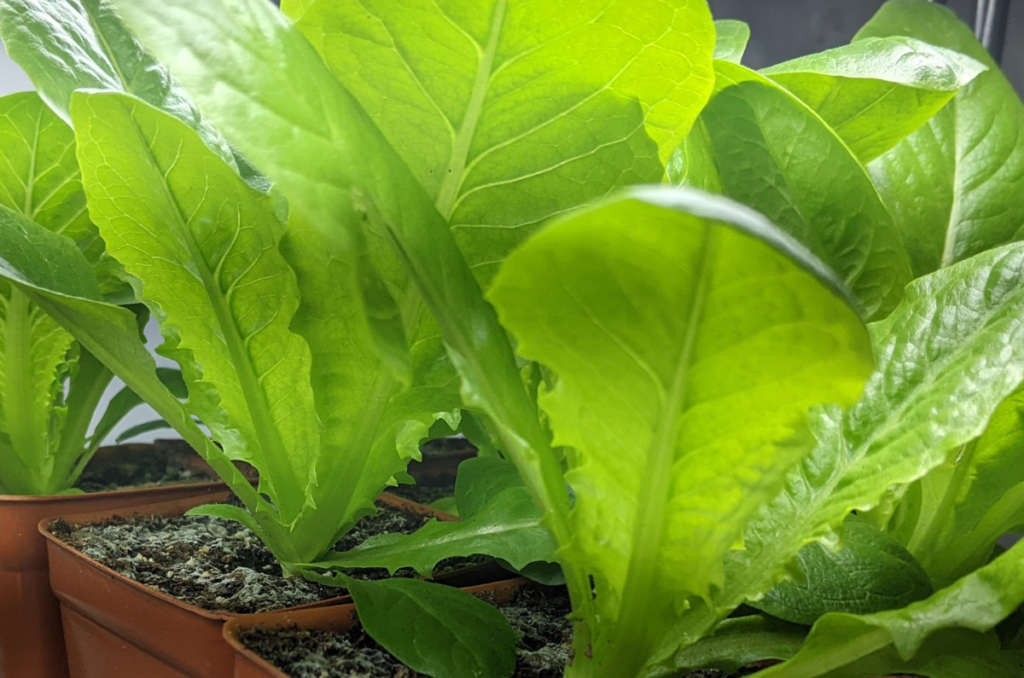
How to Take Care of Your Seedlings:
Light – Some seeds (like celery) require light to germinate, and should be sown on the surface of the cell. Keep your lights on for about 12 – 14 hours every day. Adjust the height of the lights as the seedlings continue to grow to keep them about 5 – 10 centimetres over the seedlings.
Water – Check on your seedlings often to see if the surface is dry. You only want the soil to be slightly damp, as keeping it too wet could make the seeds rot. Once your plants have grown on, water from the bottom of your cells by filling your drip trays with water every time the soil is dry.
Thinning – If you have sown several seeds, most likely several of them will germinate. The only time that this would be ideal is if you are growing bunching onions, so you are going to want to thin those seedlings. I know it’s very hard to kill your seedlings, but you don’t want to crowd them out.
Choose the one that is growing the best (or your favourite) to keep, and snip the rest at the soil surface. Do this only when you can confidently identify a seedling that is growing better than the others (usually at the first set of true leaves).
Fertilizing – If you are using an inert seed starting mix, or your own, you’re going to need to fertilize your seedlings once there are 2 – 3 sets of true leaves. Use an all-round, organic liquid fertilizer, and follow the dilution instructions on the pack. Do this every few weeks.
Transplanting:
Your children have grown up, and they are getting too big to continue living with you; it’s time they move out.
Hardening Off – Those indoor conditions are nothing in comparison to the harsh growing conditions of the, well, backyard. The Sun is much more powerful than any light you will ever find, as well as the fluctuating temperatures and harsh winds. Your seedlings will easily be scorched and blown over if you don’t harden them off.
Day 1 – Place your seedlings outside in complete shade for about an hour (you can do less if your seedlings are particularly sensitive, or it’s a really hot or cold day). Then bring them back inside.
Day 2 – Place your seedlings outside in complete shade for an extra hour. Then bring them back inside.
Day 3 – Place your seedlings outside, this time allowing for a little bit of sunlight, and increasing the time by an hour again. Then bring them back inside.
Day 4+ – Keep allowing for a little bit of extra sunlight, and increasing the time by an hour each day. If the nighttime temperatures permit seedlings to stay, you can leave them outside over night.
Transplanting – Once a week or two has gone by (or the seedlings have been exposed to sunlight for 6+ hours at once), the seedlings are ready to be transplanted. Give the newly planted seedlings a deep water, and keep them well watered while they develop a better root system.
When to Transplant Your Seedlings:
When you will transplant your seedlings is dependent upon your last frost date. Make a quick online search about the last frost date in your area (mine is about mid-May).
Many plants are cold tolerant and are considered cool season crops, and can therefore be planted outside before your last frost date. These are plants that benefit from cooler temperatures, and that can even survive frost. Although, they won’t survive under 2 feet of snow. I recommend planting these cool season crops about a month before your last frost date.
Most of our long season crops like tomatoes, peppers, eggplants, cucumbers, etc. need to be planted when the outside temperatures are very warm; you should plant these a week after your last frost date (individual crops will vary, of course).
Going back to when to sow the seeds, if the seedling needs to be transplanted in mid-May and it requires 8 weeks indoors, you’re going to want to sow it in mid-March. For example, cucumbers require 8 weeks indoors, and should be planted a week after your last frost date, so sow them around the beginning of April (in my area of course).
Frequently Asked Questions
The best way to germinate seeds is to drop 2 to 3 seeds into a pot filled with pre-moistened potting soil. Most seeds will germinate and emerge within 1 to 2 weeks.
A seedling tray with individual cells is always the best option. This provides you with a sturdy and efficient seed starting experience, eliminating the hassle associated with other methods.
For most vegetables, the best time to start them indoors is around March to May. This will provide the seedlings with enough time to grow to withstand the harsh outdoor environment.
Even More Gardening Ideas
Here are a few more posts to get the ball rolling in your garden!
- 5 Best Edible Flowers for Your Garden
- The 10 Most Fragrant Flowers for Your Garden
- Nasturtium: The Garden Must-Have
Products
For organic, non-GMO garden seeds, check out SeedsNow.
To buy gardening equipment, check out Bootstrap Farmer.
For organic all-purpose fertilizers, check out Arber.
Conclusion
Now is the perfect time to buy all the supplies and gather all the patience you need to get an earlier harvest this year, and for many years in the future. Get out there and sow your seeds!
If you want to learn more about gardening, foraging, nature, and sustainability, check out The Real Gardener on Instagram, YouTube, and Pinterest.
Pin this post for later:
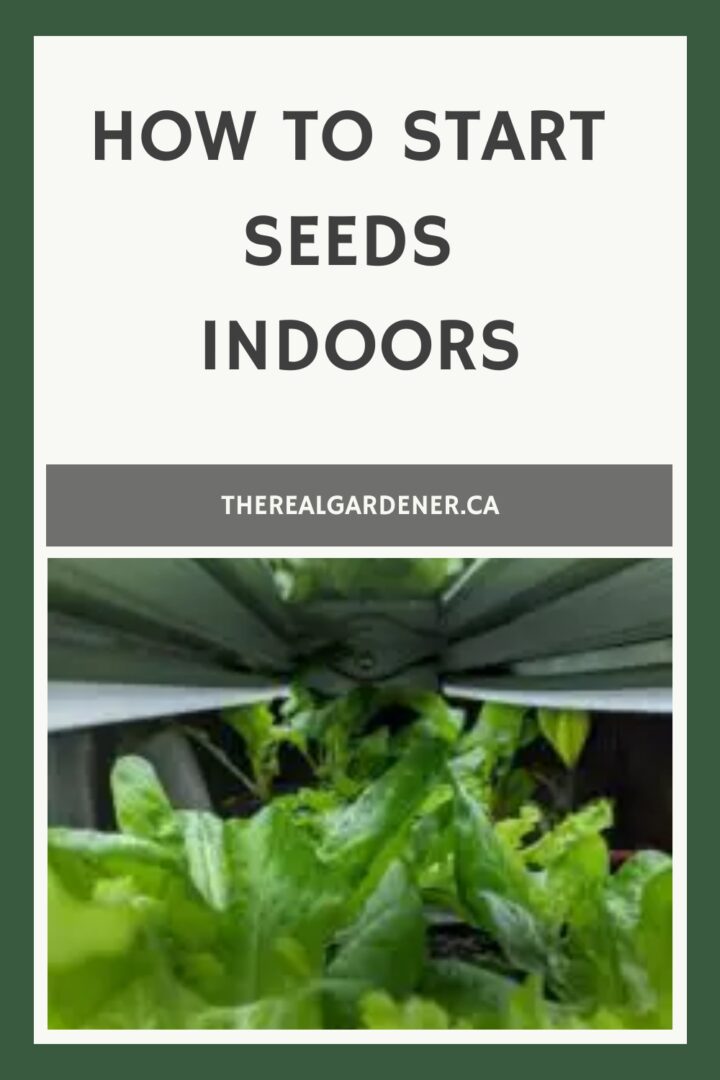
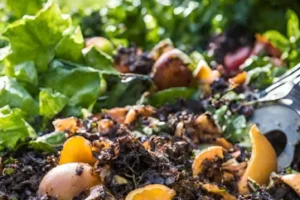
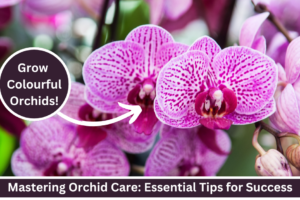
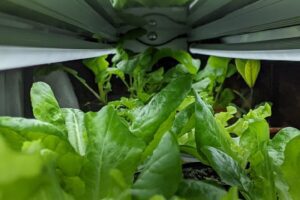
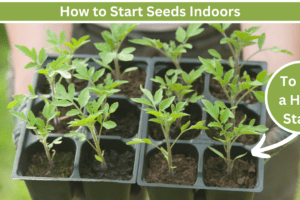
Leave a Reply